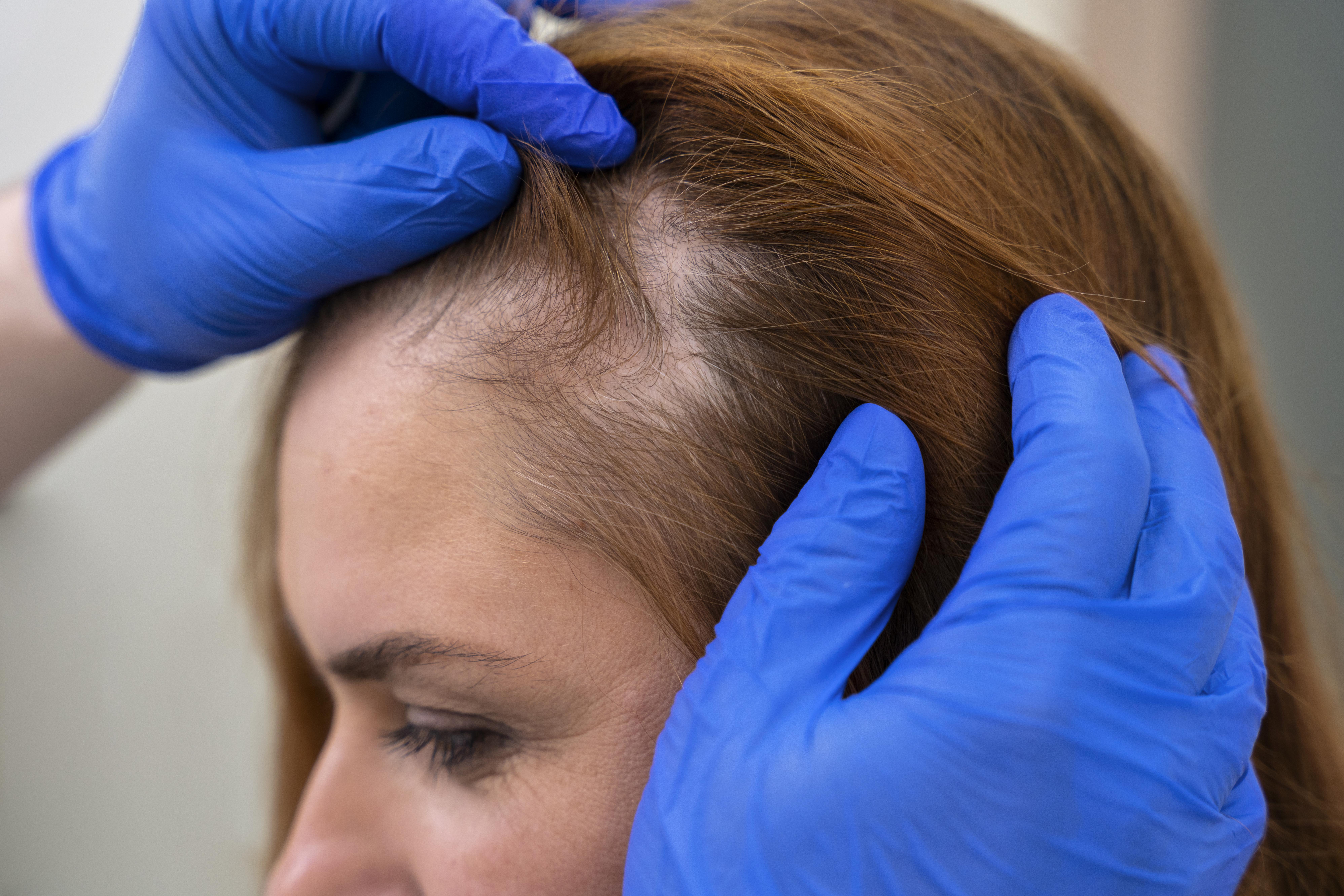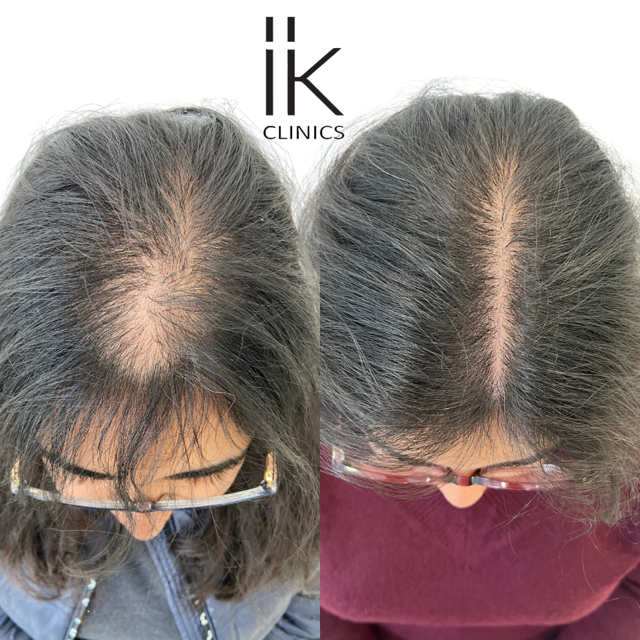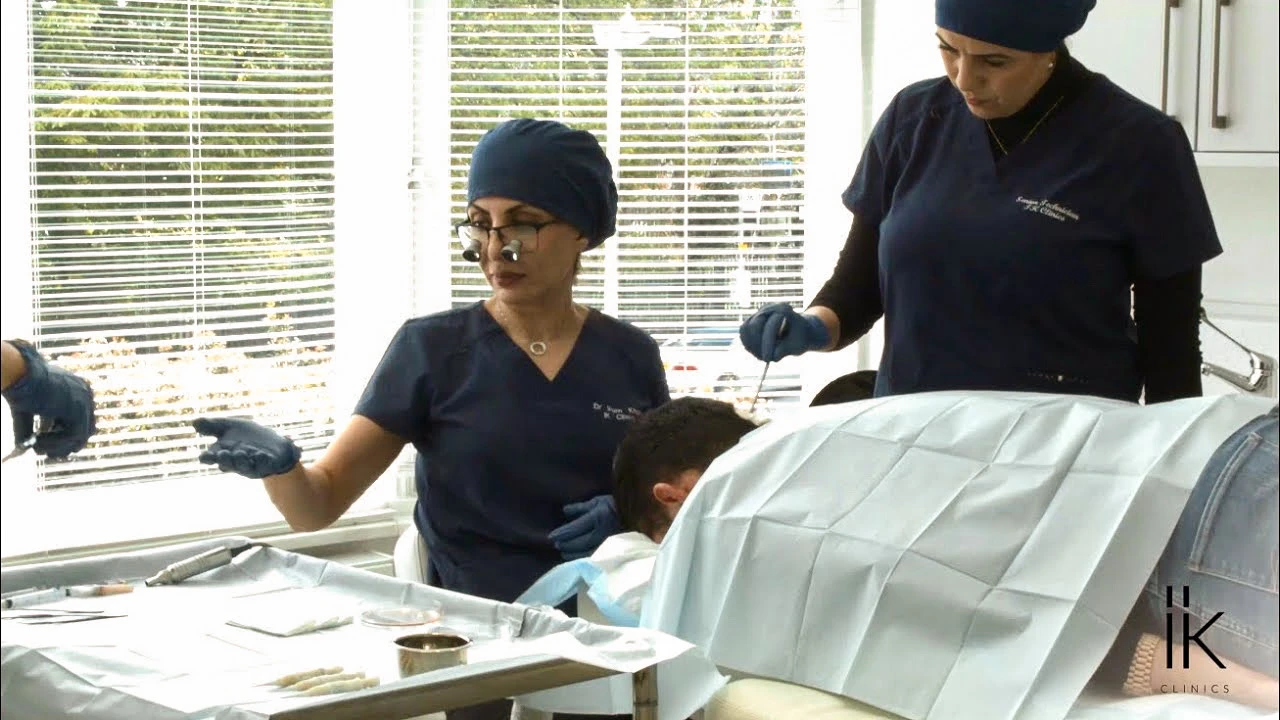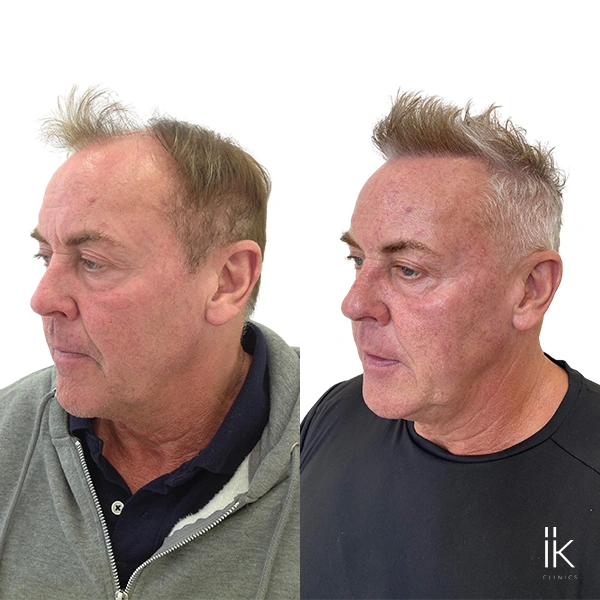For many women, it’s more than just hair – it’s a symbol of confidence, beauty, and self-assurance. This is why female pattern hair loss (FPHL) can feel particularly distressing.
Also known as androgenetic alopecia, FPHL affects millions of women worldwide and is a progressive condition that can cause thinning hair and a loss of density over time.
Understanding what it is, how it manifests, and what you can do about it can make a world of difference.
Understanding Female Pattern Hair Loss
Female pattern hair loss is the most common type of hair loss among women. Unlike male pattern baldness, which often results in receding hairlines or bald patches, FPHL typically causes overall thinning across the scalp, particularly at the crown and top of the head.
The condition often begins in a woman’s 30s or 40s and becomes more noticeable with age, especially after menopause when hormonal changes occur. Although FPHL rarely leads to complete baldness, it can significantly reduce hair volume and density, making hair appear thinner and less vibrant.
Women with FPHL may notice their part widening or their scalp becoming more visible, especially under bright light. These changes often happen gradually, making early detection challenging.
However, understanding the common signs of thinning hair is key to addressing the problem before it progresses.

The Physical and Emotional Impact of Hair Loss
The effects of FPHL extend beyond the physical. Thinning hair can alter how women perceive themselves, affecting their confidence and self-esteem.
Many women feel self-conscious or less attractive as a result of hair loss, which can influence their personal relationships, social interactions, and even career opportunities.
Emotionally, the experience can be draining. Hair loss is often associated with aging, which may make women feel older than they are. The fear of being judged or misunderstood by others can further intensify feelings of anxiety and frustration.
It’s important to acknowledge these emotions and seek support, as hair loss is a common condition that affects millions of women.
What Causes Female Pattern Hair Loss?
There are various factors that contribute to FPHL, with genetics being one of the most significant.
If your mother, grandmother, or other female relatives experienced hair thinning, you may have inherited the predisposition. Hormonal changes also play a critical role, particularly during menopause when estrogen levels drop. This hormonal shift can shorten the hair’s growth cycle and cause hair follicles to shrink.
Other factors, such as medical conditions like polycystic ovary syndrome (PCOS) or thyroid disorders, can exacerbate hair loss. Stress, poor nutrition, and lifestyle choices also contribute to thinning hair.
Chronic stress, for instance, can push hair follicles into a resting phase, leading to increased shedding.
Recognising these underlying causes is essential for determining the right course of action. While some factors, such as genetics, cannot be changed, others, like diet and stress, can be managed to improve hair health.

Can FPHL Be Treated Naturally or Non-Surgically?
The good news is that there are several ways to manage FPHL, particularly in its early stages. A healthy, balanced diet is one of the best places to start.
Hair thrives on nutrients like biotin, zinc, and iron, so incorporating foods like leafy greens, nuts, seeds, and lean proteins can make a noticeable difference. Staying hydrated and avoiding crash diets can also support hair health.
Taking care of your scalp is equally important. Regular scalp massages with oils like rosemary or peppermint can improve blood circulation, which nourishes the hair follicles and promotes growth.
Keeping your scalp clean and healthy by using gentle shampoos can prevent build-up and keep the follicles unclogged.
For women seeking non-surgical treatments, options like minoxidil, a topical solution, have shown effective results in slowing hair loss and encouraging regrowth. Additionally, low-level laser therapy (LLLT) devices, such as laser caps or combs, can stimulate the scalp and promote hair density.
These methods are painless and non-invasive, making them suitable for women who prefer to avoid more intensive procedures.
Exploring Hair Transplants and Advanced Treatments
When FPHL progresses to more advanced stages, natural remedies and non-surgical treatments may not provide the desired results.
In such cases, hair transplants can offer a transformative solution. Modern techniques, like Follicular Unit Extraction (FUE), involve transplanting healthy hair follicles from the back of the scalp to thinning areas. The procedure is minimally invasive and designed to achieve a natural look, restoring volume where it’s most needed.
Another advanced treatment option is Platelet-Rich Plasma (PRP) therapy. This involves extracting a small amount of your blood, processing it to concentrate the platelets, and injecting it into the scalp.
The platelets release growth factors that stimulate hair follicles, improving thickness and density over time. PRP therapy is gaining popularity due to its effectiveness and minimal downtime.
Prescription medications may also be recommended to address hormonal imbalances that contribute to FPHL. For instance, drugs like spironolactone can block androgens, reducing the impact of hormones on hair follicles.
These treatments are typically used under medical supervision to ensure safety and effectiveness.

Managing the Emotional Challenges of Hair Loss
While addressing the physical aspects of FPHL is important, managing the emotional toll is equally vital.
If you’re feeling isolated or overwhelmed by your hair loss, reaching out to friends, family, or support groups can provide comfort and understanding. Sharing your experience with others who have faced similar challenges can help you feel less alone.
Focusing on your strengths and embracing other aspects of your identity can also help rebuild confidence. Remember, hair loss does not define you. Whether it’s through exploring new hairstyles, trying wigs or extensions, or focusing on self-care, there are many ways to feel beautiful and confident.
If your emotional well-being is significantly affected, consider speaking with a therapist or counselor. They can provide strategies to cope with the stress and anxiety associated with FPHL, helping you regain a positive outlook.
When to Seek Professional Help
If you’ve noticed significant hair thinning or shedding, consulting a dermatologist or hair loss specialist is an important step.
They can identify the underlying cause of your FPHL and recommend treatments tailored to your needs. Early intervention is key, as it often leads to better outcomes.

Conclusion
Female pattern hair loss is a common condition, but it doesn’t have to define your life or your confidence. With a variety of treatment options available – from dietary changes and scalp care to advanced therapies like hair transplants and PRP – you can take control of your hair health.
Most importantly, remember that you’re not alone. Whether it’s through professional support or leaning on friends and family, there are resources to help you navigate this journey with strength and grace.
About IK Clinics
At IK Clinics, we are proud to stay at the forefront of global hair restoration trends, offering a variety of advanced techniques to meet the diverse needs of our clients. From FUE, PRP to Stem Cell Therapy, we ensure that every client’s treatment is tailored to their personal goals, helping them regain not just their hair but also their confidence.
Interestingly, we don’t just stop at hair restoration treatments, our highly skilled team also offers a range of anti-aging treatments.

